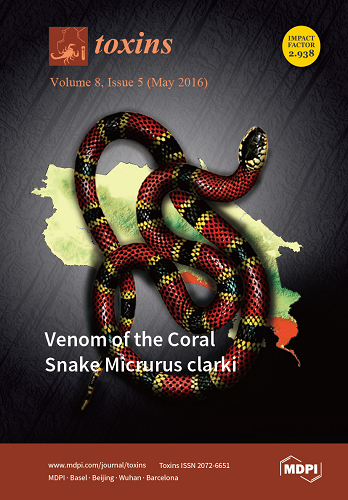Bee venom has long been used to treat various inflammatory diseases, such as rheumatoid arthritis and multiple sclerosis. Previously, we reported that bee venom phospholipase A
2 (bvPLA
2) has an anti-inflammatory effect through the induction of regulatory T cells. Radiotherapy is
[...] Read more.
Bee venom has long been used to treat various inflammatory diseases, such as rheumatoid arthritis and multiple sclerosis. Previously, we reported that bee venom phospholipase A
2 (bvPLA
2) has an anti-inflammatory effect through the induction of regulatory T cells. Radiotherapy is a common anti-cancer method, but often causes adverse effects, such as inflammation. This study was conducted to evaluate the protective effects of bvPLA
2 in radiation-induced acute lung inflammation. Mice were focally irradiated with 75 Gy of X-rays in the lung and administered bvPLA
2 six times after radiation. To evaluate the level of inflammation, the number of immune cells, mRNA level of inflammatory cytokine, and histological changes in the lung were measured. BvPLA
2 treatment reduced the accumulation of immune cells, such as macrophages, neutrophils, lymphocytes, and eosinophils. In addition, bvPLA
2 treatment decreased inflammasome-, chemokine-, cytokine- and fibrosis-related genes’ mRNA expression. The histological results also demonstrated the attenuating effect of bvPLA
2 on radiation-induced lung inflammation. Furthermore, regulatory T cell depletion abolished the therapeutic effects of bvPLA
2 in radiation-induced pneumonitis, implicating the anti-inflammatory effects of bvPLA
2 are dependent upon regulatory T cells. These results support the therapeutic potential of bvPLA
2 in radiation pneumonitis and fibrosis treatments.
Full article






